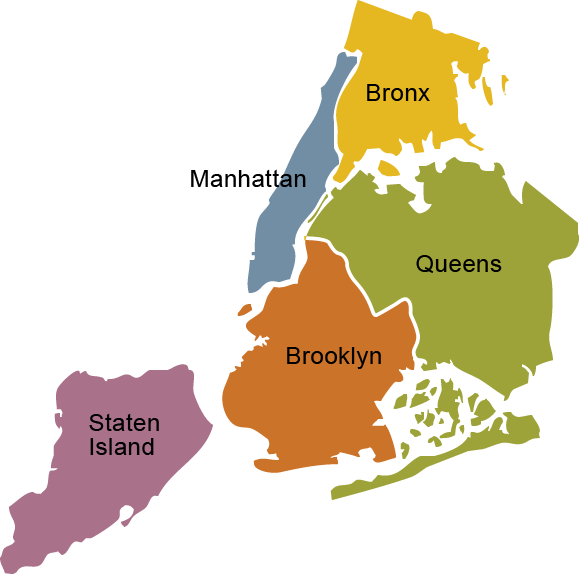
Welcome to the New York City Sub-regional ITS (Intelligent Transportation Systems) Architecture website.
The New York City Sub-region has developed a strategic approach to the delivery of ITS, to aid the existing and planned Transportation infrastructure and network over the coming years.
This ITS Architecture has been undertaken in conjunction with all the relevant stakeholders, that are developing, operating, maintaining or depending on surface transportation throughout the region.
The ITS Architecture is a shared responsibility of all the sub-region ITS stakeholders, who have helped develop this, agree to its representation and own its future development.
This website identifies the existing and planned ITS services (made up of stakeholder ITS elements and their interfaces) that are or will be deployed in the New York City Sub-region. Collectively, these ITS services define a framework for planning and deployment of ITS solutions.
The New York City Sub-regional ITS Architecture is based on the generic National ITS Architecture V7.0 used in the United States, and has been adapted and customized for the sub-region's specific stakeholder needs.
ITS elements are specific instances of stakeholder centers, stakeholder field equipment, stakeholder vehicles with ITS equipment or traveler equipment (e.g. computers, mobile devices) and are customized to meet the stakeholder needs.
ITS entities are generic versions of ITS elements that have not been associated with a specific stakeholder and have not been customized to meet a specific set of functional and interface requirements. In the National ITS Architecture V7.0 (US), the generic entities are broadly provisioned with functions so as to support most known technologies, and so as to support most specific type of stakeholder needs. While most stakeholder elements can be customized from an ITS entity by deleting unnecessary functional requirements and unnecessary interface standards requirements, there are occasionally some ITS elements that require new functional requirements or interfaces to be added that were not anticipated in development of the generic ITS architecture.
Last Updated: April 9, 2013
|